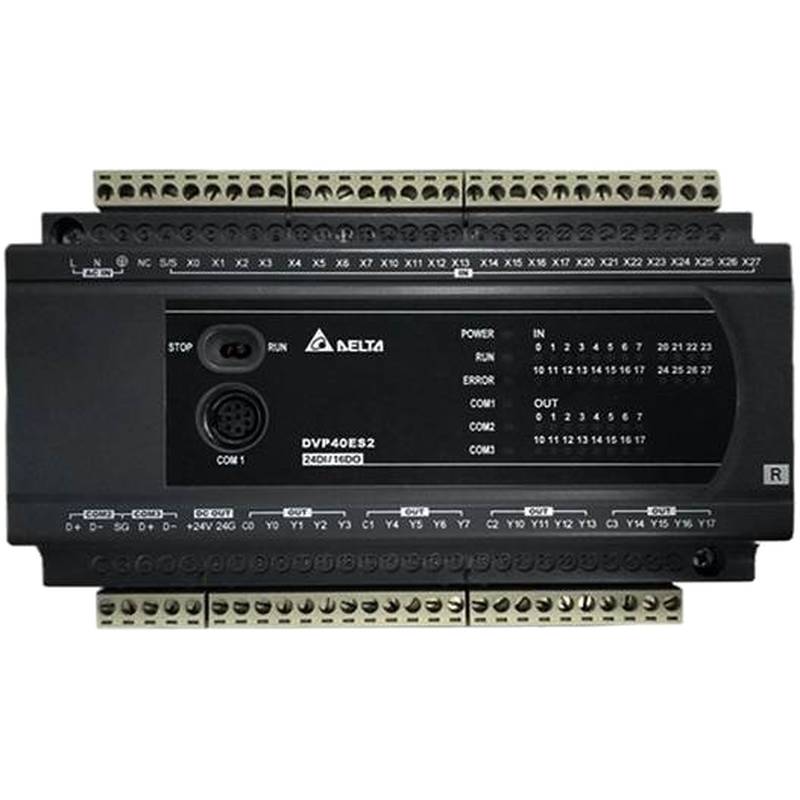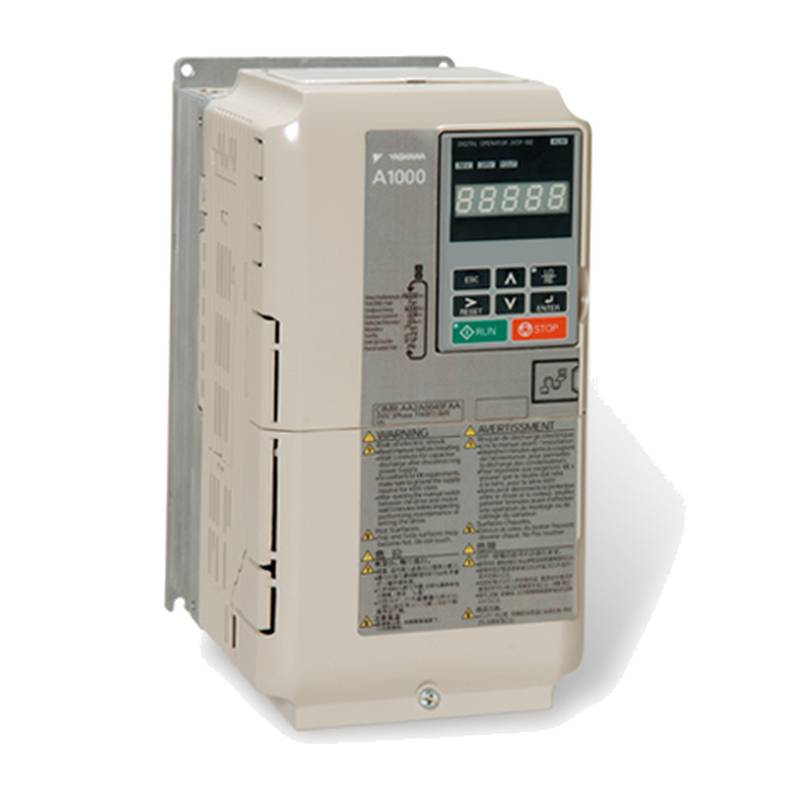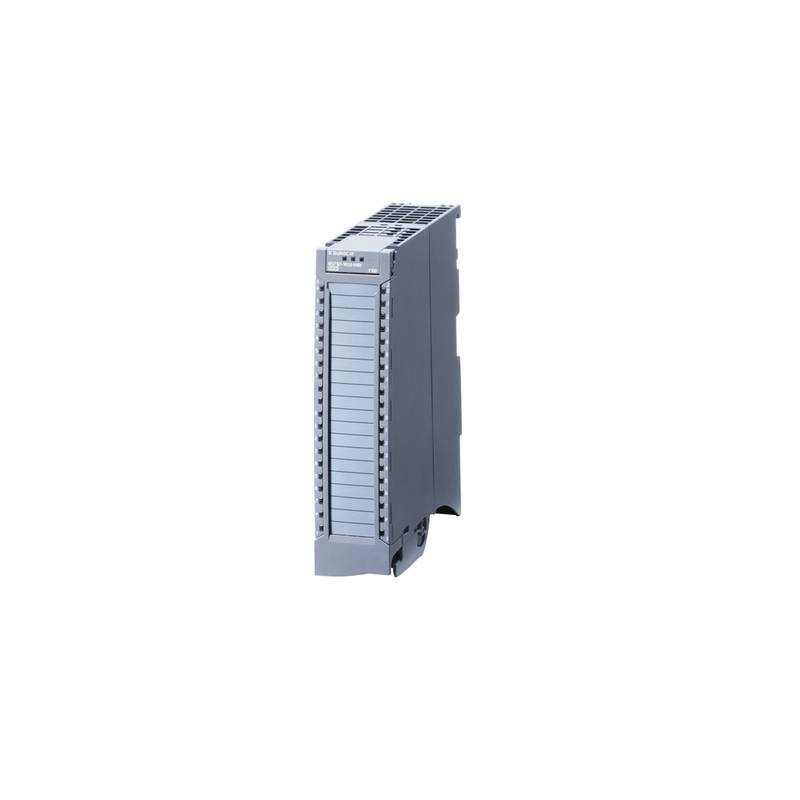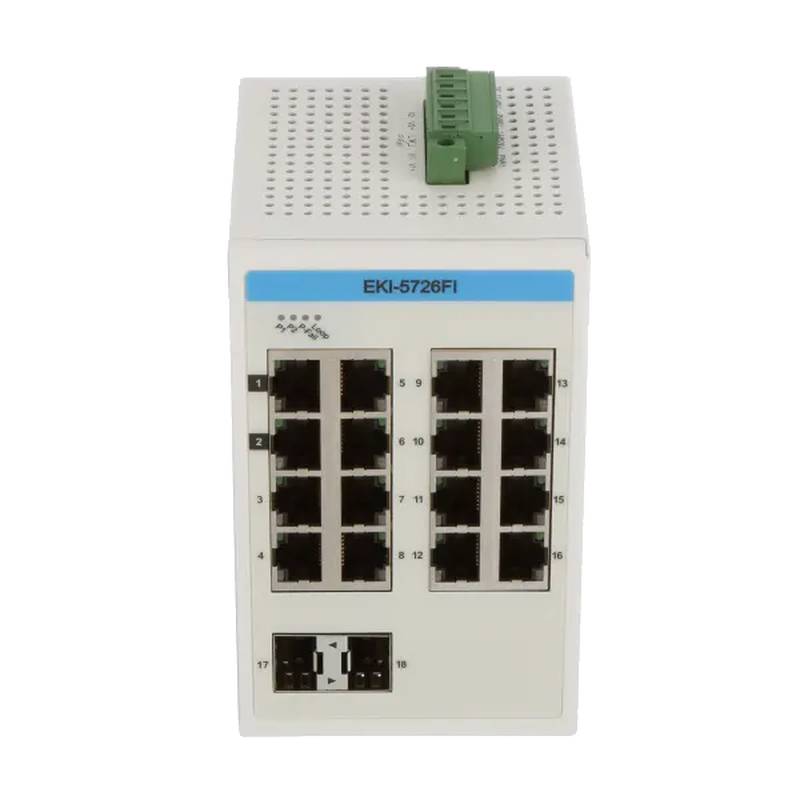
The Siemens 7KT1653, part of the SENTRON 7KT PAC1600 series, is a single-phase DIN rail energy meter designed for precise measurement and monitoring of electrical energy consumption. This device offers a robust solution for various industrial, commercial, and residential applications requiring accurate energy data. With its compact design and DIN rail mounting, the 7KT1653 facilitates easy integration into standard electrical panels, optimizing space utilization. Its core functionality includes the measurement of apparent, active, and reactive energy, providing comprehensive insights into power usage. The meter features an LCD display for clear visualization of data and an M-Bus communication interface for seamless integration into Building Management Systems (BMS) or other data acquisition platforms.
Product Specifications
The Siemens 7KT1653 energy meter is engineered with the following technical specifications:
| Specification | Value |
| :-------------------------------- | :-------------------------------------------- |
| Product Type | Single-Phase Energy Meter |
| Model Series | SENTRON 7KT PAC1600 |
| Article Number | 7KT1653 |
| Nominal Voltage (L-N) | 230 V |
| Nominal Voltage (L-L) | 323 - 456 V |
| Nominal Voltage (N-L) | 187 - 264 V |
| Nominal Current (In) | 63 A |
| Maximum Current (Imax) | 63 A |
| Frequency Range | 45 - 65 Hz |
| Energy Measurement | Apparent, Active, and Reactive Energy |
| Communication Interface | M-Bus |
| Display Type | LCD |
| Mounting Type | DIN Rail |
| Protection Class (Front/Rear) | IP40 / IP20 |
| Supply Type | Self-powered |
| Terminal Type | Screw terminals |
| Width (Modular Spacings) | 4 MW |
| Operating Temperature | -25°C to +55°C |
| Dimensions (H x W x D) | 79.00 x 90.00 x 39.00 mm (approx.) |
| Weight | 0.144 kg (approx.) |
| Compliance | IEC 62053-21, IEC 62053-23 |
| Country of Origin | Italy |
Core Features & Market Positioning
The Siemens 7KT1653 distinguishes itself in the market through its combination of accurate energy measurement, robust M-Bus communication capabilities, and user-friendly DIN rail mounting. Its self-powered design simplifies installation by eliminating the need for an external power supply, reducing complexity and cost. The device's compliance with IEC 62053-21 and IEC 62053-23 standards ensures high metering accuracy for both active and reactive energy, making it a reliable choice for critical energy monitoring applications. Positioned as a key component within the Siemens SENTRON portfolio, the 7KT1653 is designed to integrate seamlessly with other Siemens power monitoring and management solutions, such as the powermanager software, enabling comprehensive energy analysis and optimization. This integration capability is crucial for businesses aiming to enhance energy efficiency and reduce operational costs.
Key Application Scenarios
The Siemens 7KT1653 is ideally suited for a wide array of applications where precise single-phase energy monitoring is required. Its primary use cases include:
Sub-metering in Commercial Buildings: Facilitates accurate tracking of energy consumption for individual tenants, departments, or specific equipment within commercial spaces. Residential Energy Monitoring: Enables homeowners to gain detailed insights into their household energy usage, aiding in identifying areas for potential savings. Industrial Facilities: Used for monitoring energy consumption of specific machines, production lines, or auxiliary systems in manufacturing plants, contributing to operational efficiency. Data Centers: Essential for precisely measuring the energy consumed by server racks, cooling systems, and other critical infrastructure components. Renewable Energy Systems: Can be employed to monitor energy generation or consumption in smaller-scale solar or wind installations. Building Management Systems (BMS): The integrated M-Bus interface allows for easy data collection and integration into centralized BMS for automated energy management and reporting.
Practical System Integration Guidance
Integrating the Siemens 7KT1653 into an existing electrical system is straightforward due to its DIN rail mounting and standard connection terminals. For installation, first ensure the main power supply is de-energized. Mount the 7KT1653 securely onto a 35mm DIN rail within the distribution board or enclosure. The meter requires connection to the live (L) and neutral (N) input terminals from the power source, and the load-side terminals connect to the circuit being monitored. Wiring should be performed using appropriately sized conductors to match the 63A rating, and all connections must be tightened securely to ensure reliable operation and prevent overheating. The M-Bus communication port enables data transmission to a compatible gateway or directly to a master device for remote monitoring and analysis. The device is self-powered, drawing its operating voltage from the measured circuit, thus simplifying wiring requirements.
Operation and Risk Mitigation
Operating the Siemens 7KT1653 is primarily through its clear LCD display and potentially a front key for navigation, depending on the specific firmware version. The meter displays key energy parameters such as kWh, kVAh, and kVARh. To mitigate operational risks, it is crucial to adhere to all safety instructions provided in the Siemens documentation. Always ensure power is disconnected before performing any wiring or maintenance. The device has an IP40 rating for the front, offering protection against solid objects larger than 1mm, and IP20 for the rear, indicating protection against contact and falling drops of water if the enclosure is not designed for it. Avoid exposing the meter to environmental conditions outside its specified operating range of -25°C to +55°C and 85% non-condensing humidity to prevent damage. In case of installation errors or incorrect wiring, error codes might appear on the display, requiring a review of the connection diagram and troubleshooting steps outlined in the manual.
Scalability & Long-Term Value
The Siemens 7KT1653 offers significant long-term value through its integration capabilities and the broader SENTRON ecosystem. Its M-Bus interface allows it to be a node in a larger energy monitoring network, easily scalable by adding more meters or connecting to advanced Siemens software solutions like powermanager. This software facilitates comprehensive energy management, enabling users to optimize consumption, identify savings opportunities, and generate detailed reports, thereby maximizing the return on investment. The device's robust construction and adherence to industry standards ensure reliability and longevity, minimizing the need for frequent replacements. Compatibility with TIA Portal V15 and other Siemens engineering platforms further enhances its integration potential within modern industrial automation architectures.
Frequently Asked Questions (FAQs)
Q1: What is the primary function of the Siemens 7KT1653 energy meter?
A1: The Siemens 7KT1653 is a single-phase energy meter designed for precise measurement of electrical energy. It records active, reactive, and apparent energy consumption in single-phase systems. This allows users to accurately monitor and analyze their power usage.
A2: This meter is ideal for sub-metering in commercial and residential settings. It also finds applications in industrial facilities for monitoring specific loads and in building management systems due to its M-Bus interface. Its compact DIN rail design aids easy installation.
A3: Beyond basic energy recording, the meter provides data essential for energy efficiency initiatives. This includes identifying consumption patterns, detecting anomalies, and facilitating cost allocation in multi-tenant environments.
Q2: What are the key technical specifications of the Siemens 7KT1653?
A1: The 7KT1653 operates on a nominal voltage of 230V (L-N) and supports a current rating of up to 63A. It measures apparent, active, and reactive energy.
A2: It features an LCD display for easy data visualization and a standard DIN rail mounting for simplified installation in electrical panels. The meter is self-powered, meaning it draws power from the measured circuit.
A3: Essential technical parameters include a frequency range of 45-65 Hz, IP40 protection on the front, and an M-Bus communication interface for data transfer. It has a width of 4 modular spacings.
Q3: How do I install the Siemens 7KT1653 energy meter?
A1: Installation begins with de-energizing the power supply. The meter is then securely mounted onto a standard 35mm DIN rail using its integrated clip mechanism.
A2: Connect the incoming live (L) and neutral (N) wires to the meter's input terminals. Similarly, connect the load-side wires to the meter's output terminals. Ensure all connections are firm and correct.
A3: The meter is self-powered, so no external power source is required for its operation. After wiring, re-energize the circuit and verify the meter's display and communication functionality.
Q4: What communication capabilities does the 7KT1653 offer?
A1: The Siemens 7KT1653 is equipped with an M-Bus communication interface. This allows for remote data acquisition and integration into larger energy management systems.
A2: M-Bus (Meter-Bus) is a standard for remote reading of meters, enabling devices to communicate with a central data logger or building automation system. This facilitates automated data collection and analysis.
A3: This communication capability is crucial for applications like Building Management Systems (BMS) or SCADA systems, where energy data needs to be collected, monitored, and reported in real-time or periodically.
Q5: Can the 7KT1653 measure both imported and exported energy?
A1: Yes, the Siemens 7KT1653 is capable of measuring both imported and exported active energy. This is essential for applications where energy can flow in both directions.
A2: The meter can distinguish between energy consumed by the load (imported) and energy fed back into the grid (exported). This bidirectional measurement is critical for accurate billing and grid interaction.
A3: This feature is particularly valuable for systems involving renewable energy sources like solar panels, where energy can be both consumed from and supplied to the grid. The meter accurately accounts for these bidirectional flows.
Q6: What is the accuracy class of the Siemens 7KT1653?
A1: The Siemens 7KT1653 adheres to accuracy classes defined by IEC standards. Specifically, it meets IEC 62053-21 for active energy and IEC 62053-23 for reactive energy.
A2: Compliance with IEC 62053-21 indicates a high level of accuracy for active energy measurement (typically Class 1 or better). For reactive energy, it meets the requirements of IEC 62053-23.
A3: These accuracy standards ensure that the energy measurements provided by the 7KT1653 are reliable and suitable for billing purposes, energy audits, and precise performance monitoring in demanding applications.
Q7: What types of energy does the 7KT1653 measure?
A1: The 7KT1653 measures three fundamental types of electrical energy: apparent energy (kVAh), active energy (kWh), and reactive energy (kVARh).
A2: Active energy (kWh) represents the actual power consumed by a load and is what is typically billed. Reactive energy (kVARh) is required by certain inductive or capacitive loads, while apparent energy (kVAh) is the vector sum of active and reactive power.
A3: By measuring all three, the meter provides a complete picture of the electrical load's characteristics, which is useful for power factor analysis and optimizing energy efficiency in industrial and commercial settings.
Q8: Is the Siemens 7KT1653 suitable for industrial environments?
A1: Yes, the 7KT1653 is well-suited for industrial environments, particularly for monitoring single-phase loads or auxiliary systems within larger plants. Its robust design and adherence to standards like IEC 62053 contribute to its reliability.
A2: Its 63A current rating and IP40 front protection make it suitable for many industrial applications, though it should be installed within an appropriate enclosure to protect against harsher conditions. The M-Bus interface also allows integration into industrial control systems.
A3: For comprehensive industrial power monitoring, the 7KT1653 can be integrated with Siemens' powermanager software, providing advanced analytics and reporting capabilities tailored for industrial energy management.
Q9: What are the dimensions of the Siemens 7KT1653?
A1: The Siemens 7KT1653 has a compact design, measuring approximately 79.00 mm in width, 90.00 mm in height, and 39.00 mm in depth.
A2: It occupies 4 modular spacings (4 MW) on a standard DIN rail, which is a common mounting standard in electrical distribution boards and enclosures. This compact size is ideal for space-constrained installations.
A3: Its physical dimensions and DIN rail mounting format ensure it can be easily integrated into existing control panels or new installations without requiring significant modifications to enclosure space.
Q10: Does the 7KT1653 have a pulse output?
A1: The Siemens 7KT1653 meter itself is typically specified with an M-Bus communication interface for data transfer, rather than a direct S0 pulse output for energy pulses.
A2: While some energy meters in the broader PAC1600 series might offer S0 pulse outputs, the standard configuration for the 7KT1653 as listed commonly highlights M-Bus for its communication. Always check the specific product variant or datasheet.
A3: If a pulse output is a strict requirement, one might need to explore other models within the Siemens SENTRON range or consider a gateway device that can translate M-Bus data into pulse signals if available.
























